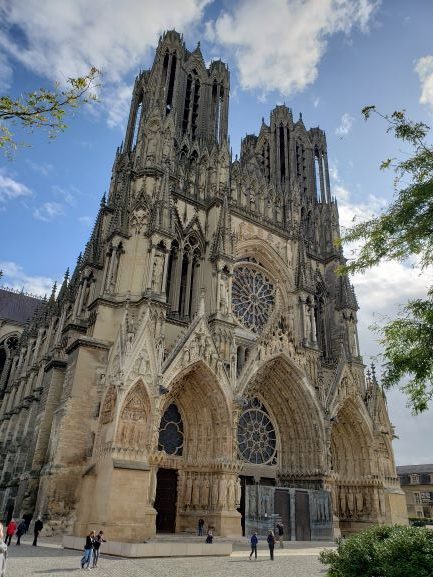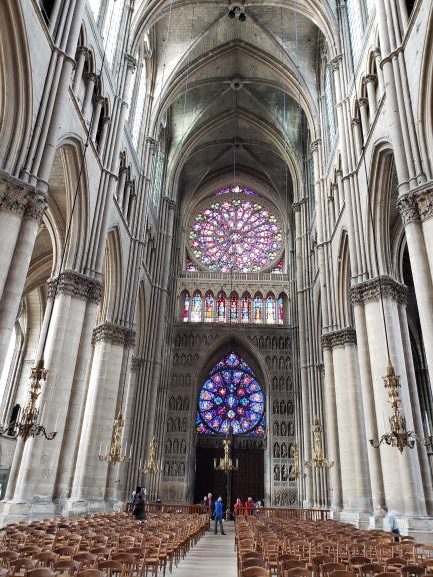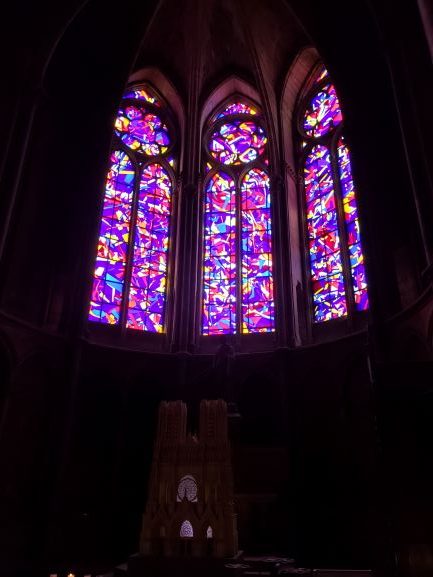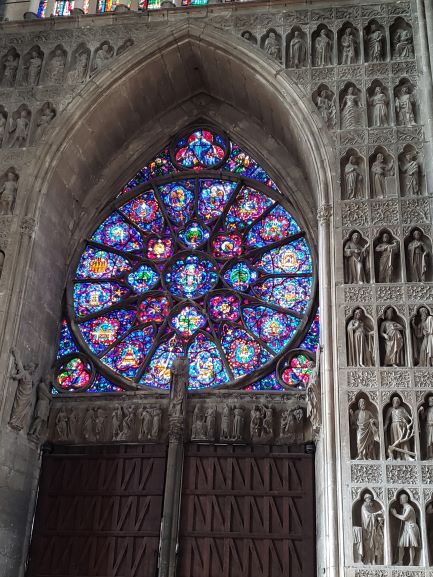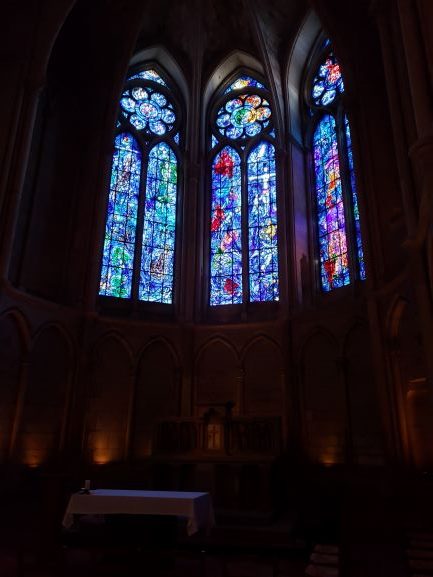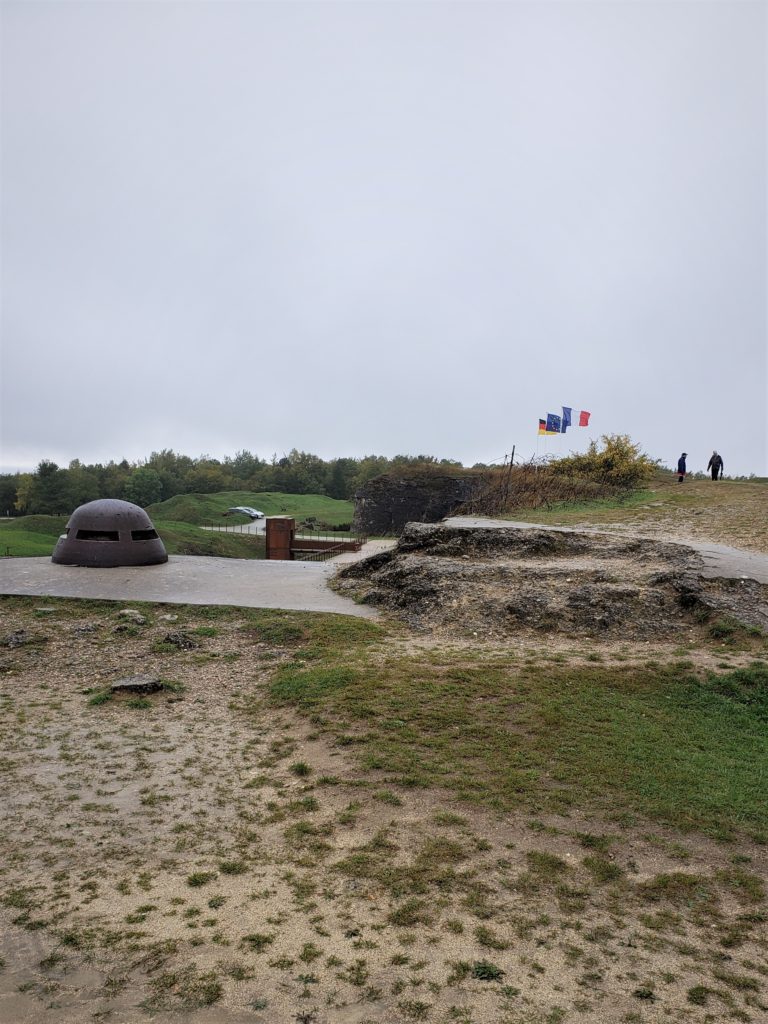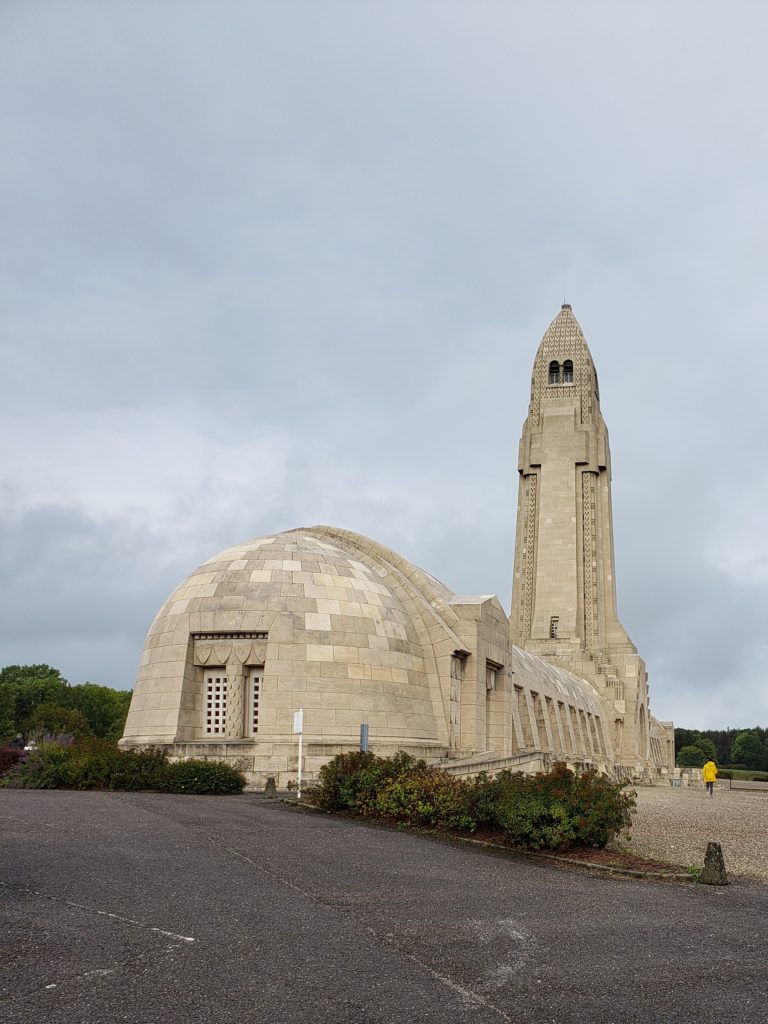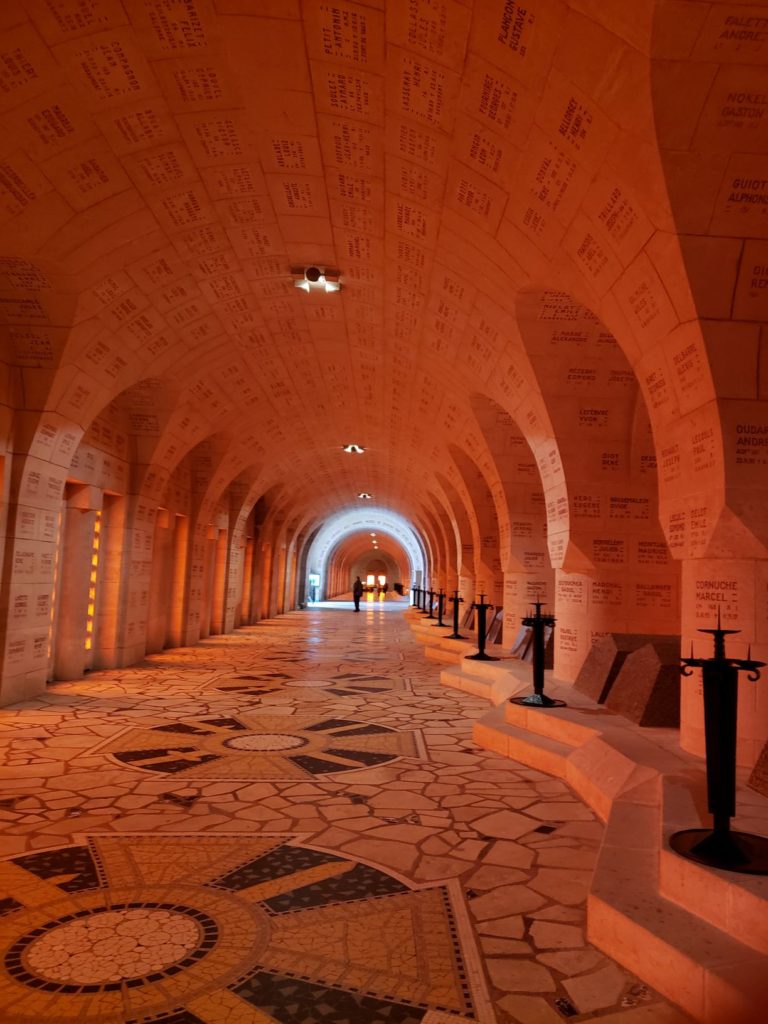Stearns Wharf, the oldest working wood wharf in California, was built in 1872 by John Peck Stearns to facilitate the transfer of cargo and people from ships to shore.
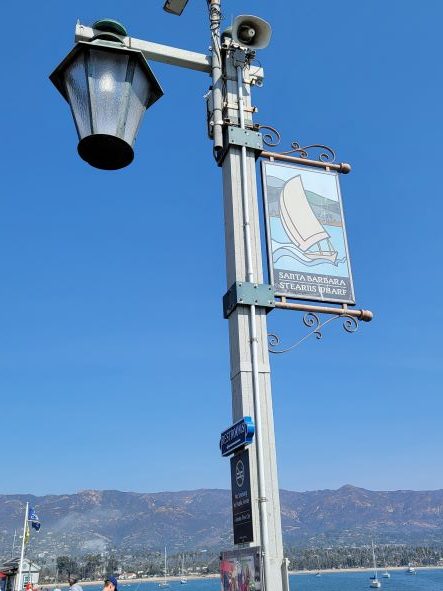
Up until the 1870s, Santa Barbara was virtually cut off from the outside world by its natural barriers of the ocean and the mountains. In 1867, John Peck Stearns moved to Santa Barbara and opened a lumberyard at the foot of State Street. Mr. Stearns noted that the town needed a long wharf so ocean ships could tie up at low tide.
In 1872, with the financial backing of Colonel William Welles Hollister, Stearns completed the Wharf and Santa Barbara’s isolation from the outside world was over.
The Wharf has endured since 1872, making it the oldest working wooden wharf in California. It is 2,300 feet long and has an area of 3.8 acres supported by 2,307 pilings.
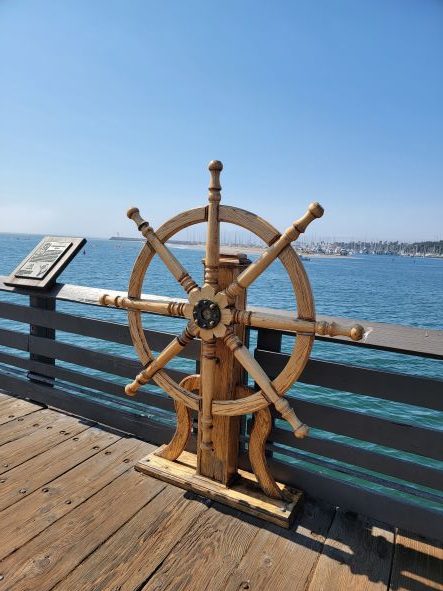
Now there are three restaurants and a shellfish market on the wharf. Tourist shops, a marine museum, and a Channel Islands exhibit are also here.
Some history facts include:
In 1878, A Chinese junk crashed into the Wharf during a severe storm, destroying 1,000 feet of decking. Before this damage could be repaired, the first tornado in the City’s history struck on New Year’s Eve, causing even more damage to the Wharf. In 1887, due to the heavy and regular tread of two hundred Civil War Veterans, the Wharf almost collapsed which would have thrown 3,000 people into the ocean. That same year marked the arrival of the railroad into Santa Barbara, signaling the decline of ship traffic.
In response to the arrival of the railroad, J.P. Stearns built a 1,450 foot wye onto the Wharf to carry a railroad spur so that lumber could be quickly transferred from ships onto flat cars. The wye proved too expensive to maintain and was abandoned, after being battered by more than a decade of storms. A small portion of the wye remains today, housing the Sea Center marine museum and the Nature Conservancy exhibit hall.
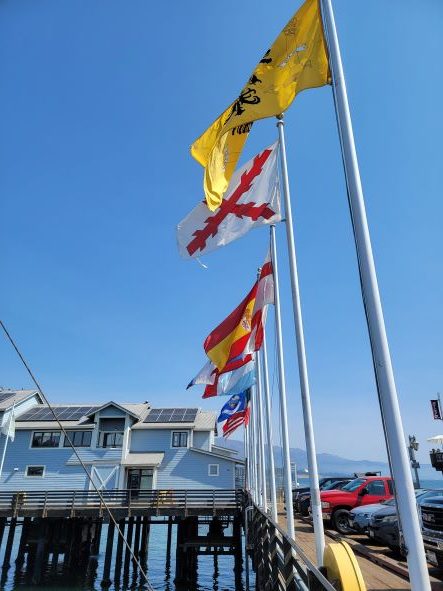
In 1921, the Wharf Narrowly escaped destruction by fire. The 600 room Potter Hotel burned down and a 50-mile-an hour gale sent sparks which ignited the pilings on the Wharf and palm trees along West Beach.
In 1973, the famed Harbor Restaurant was destroyed by a spectacular pre-dawn fire, closing the Wharf. The Wharf was reopened eight years later.
In February 1983, the Santa Barbara area was hit by a “100 year storm” which heavily damaged the Wharf and Harbor. Damage to the Wharf was estimated at over half a million dollars. In December 1987, another fierce storm struck and a derelict barge and fishing boat broke free from their moorings east of the Wharf and were hurled into the Wharf, along with their mooring balls. About 30 pilings were knocked out, causing the Wharf to sag near the beach and closing it for one week. https://stearnswharf.org/history/
For more places to explore in Santa Barbara, check out https://travelsandescapes.net/
